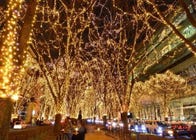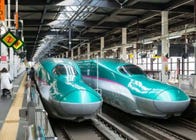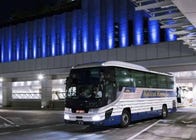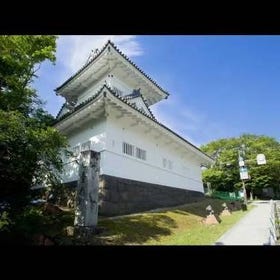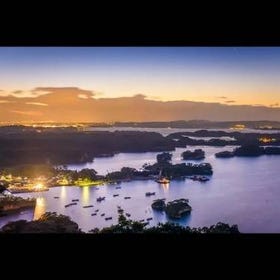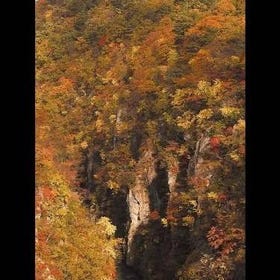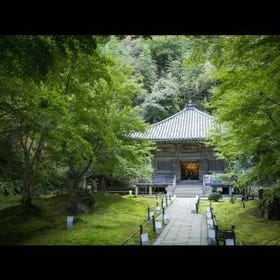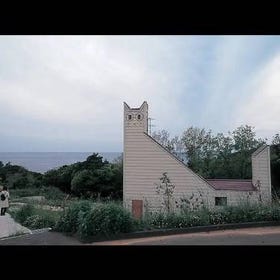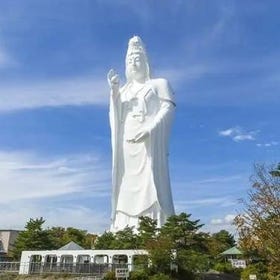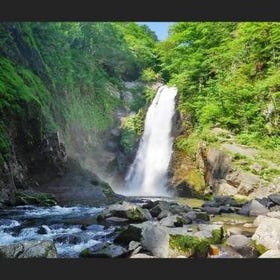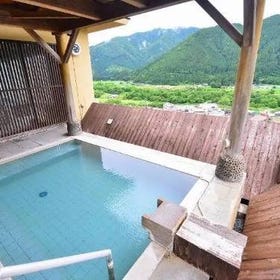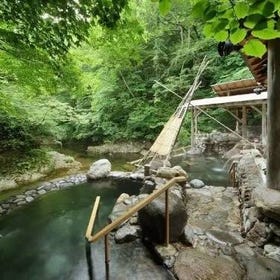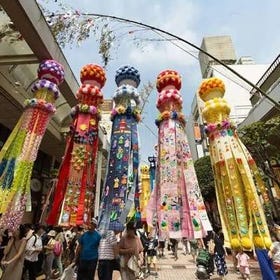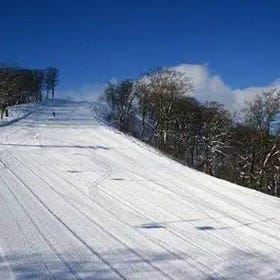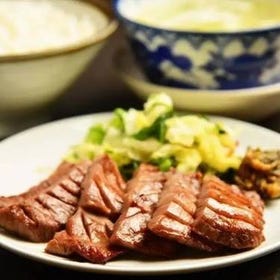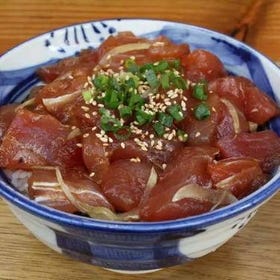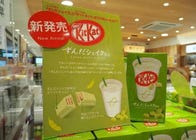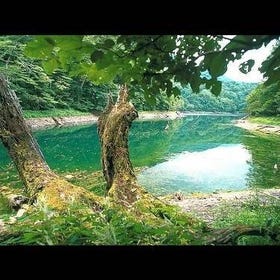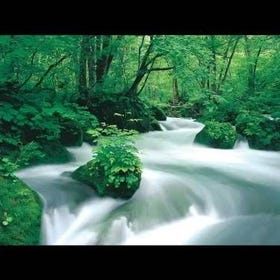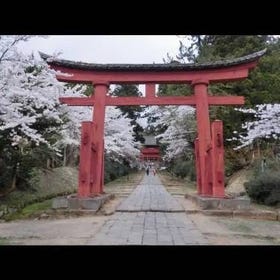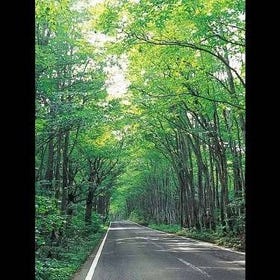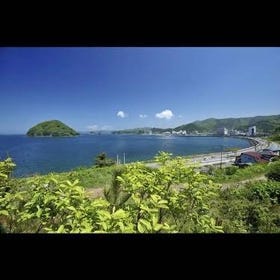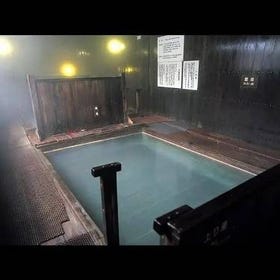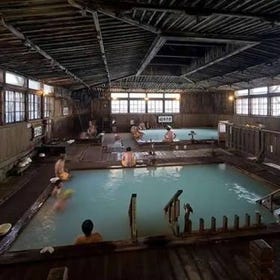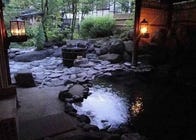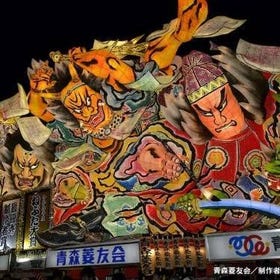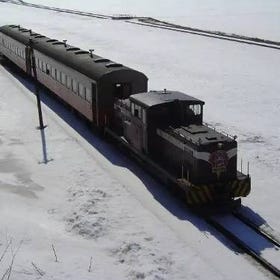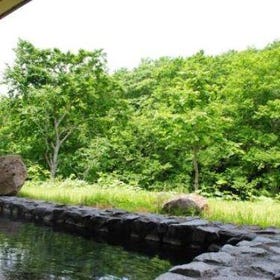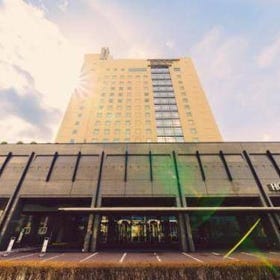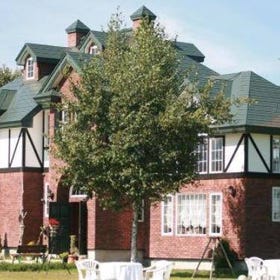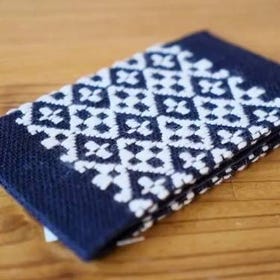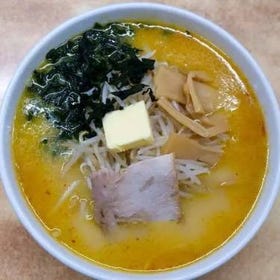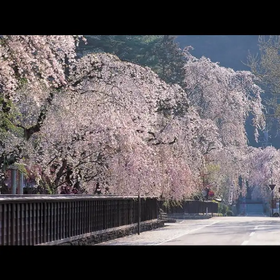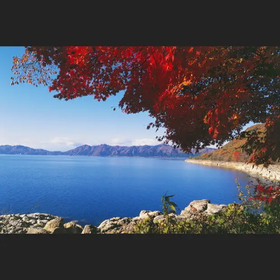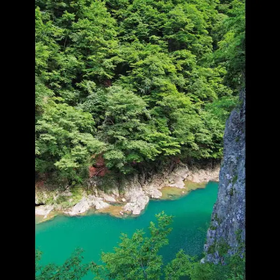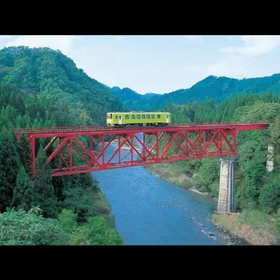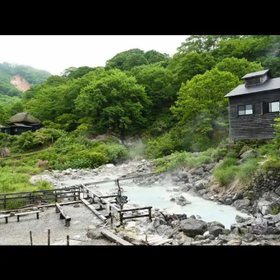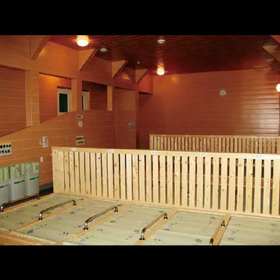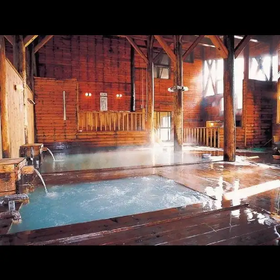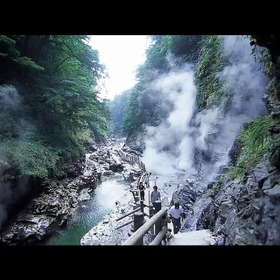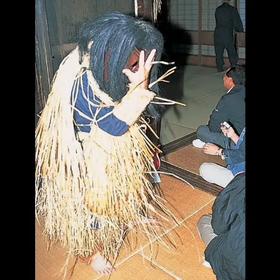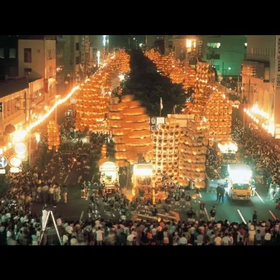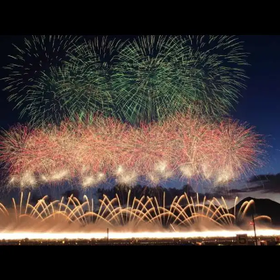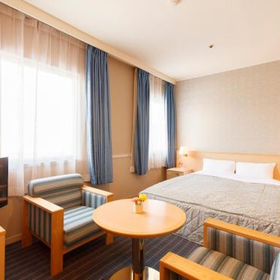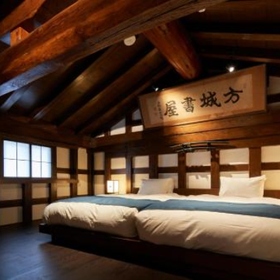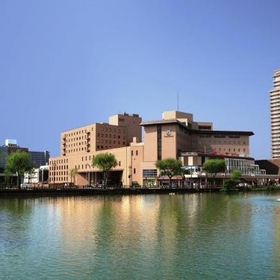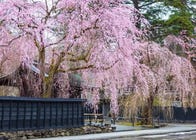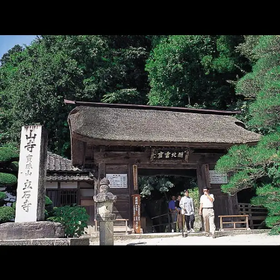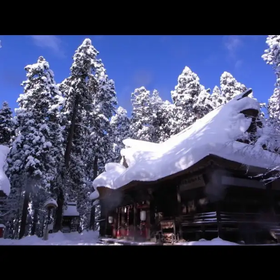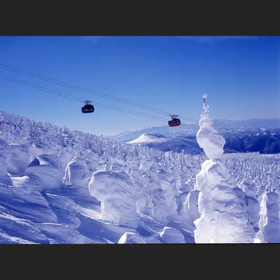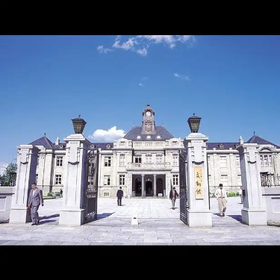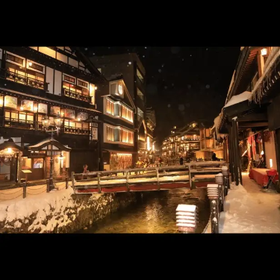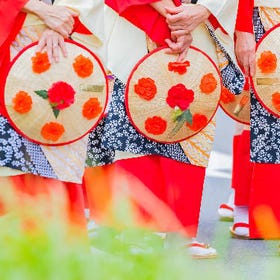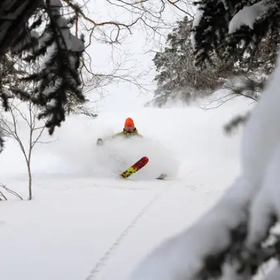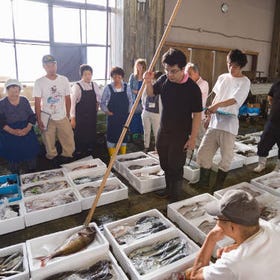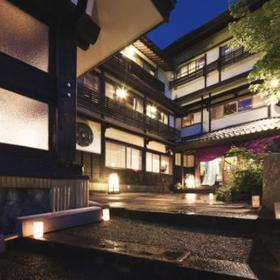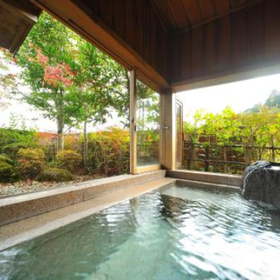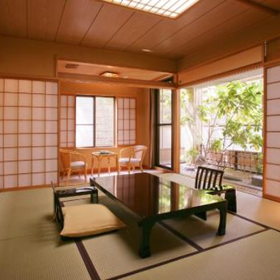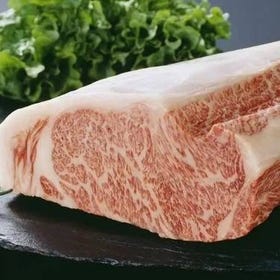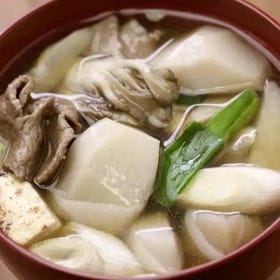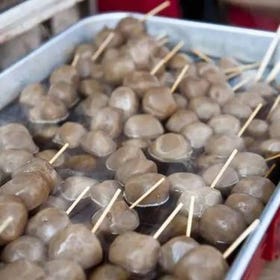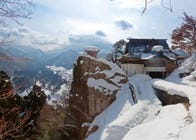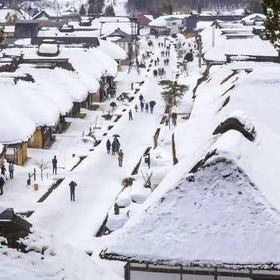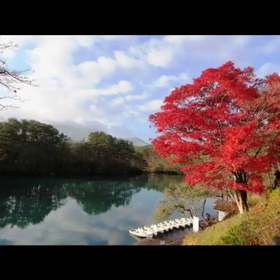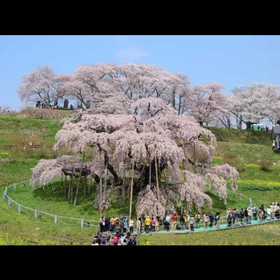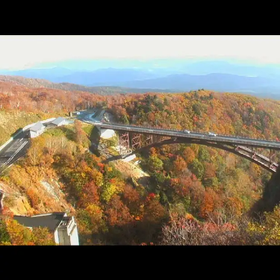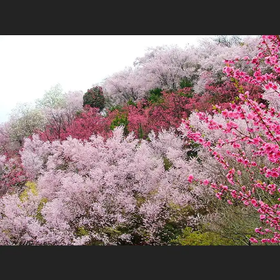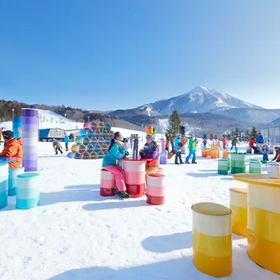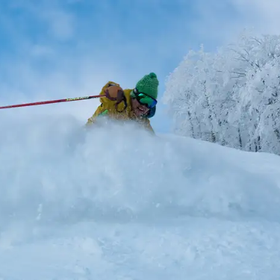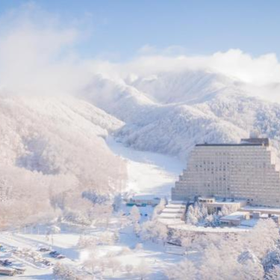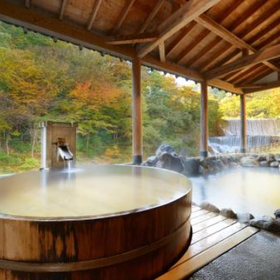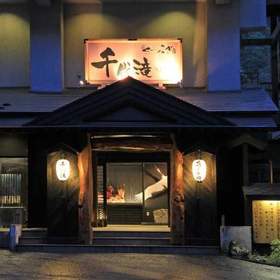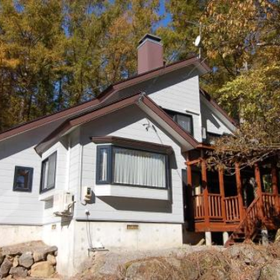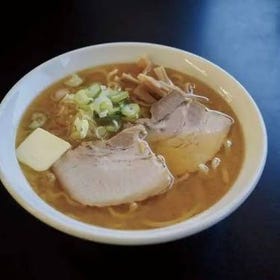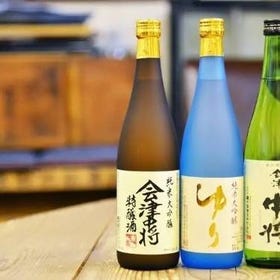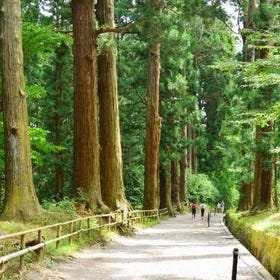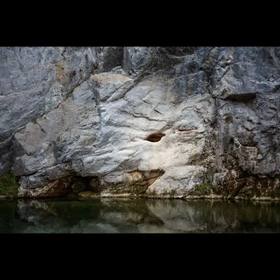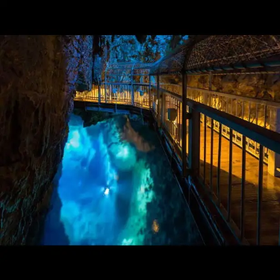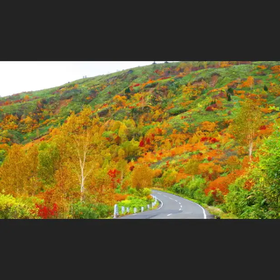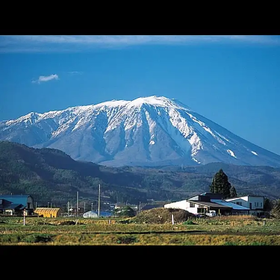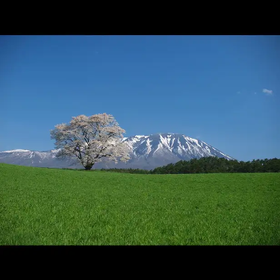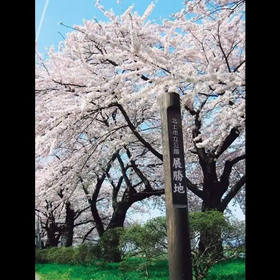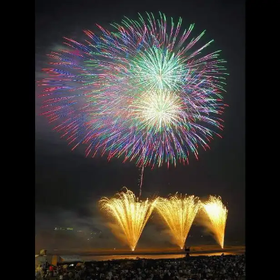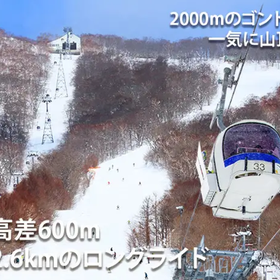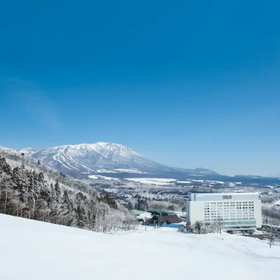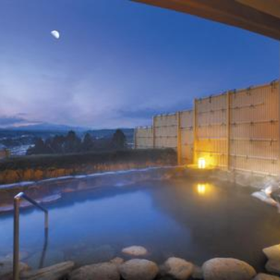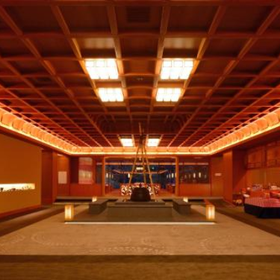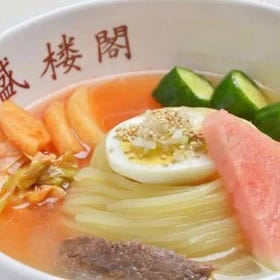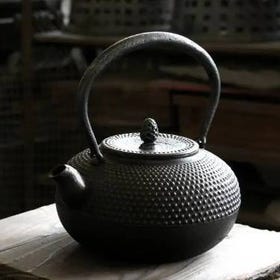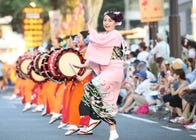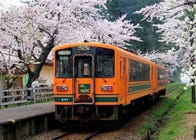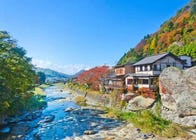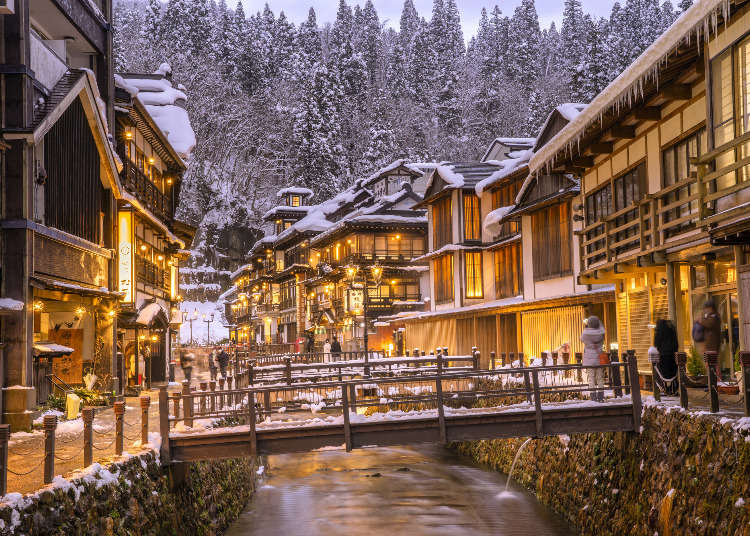
Discover Tohoku, Japan's northeastern region filled with hidden gems. From Sendai to Oirase Gorge, Dakigaeri Valley to the Snow Monsters of Zao. Cultural charm, local festivals & more. Our starter guide includes recommended sights, activities, accommodation, and transport tips!
(Main image: PIXTA)
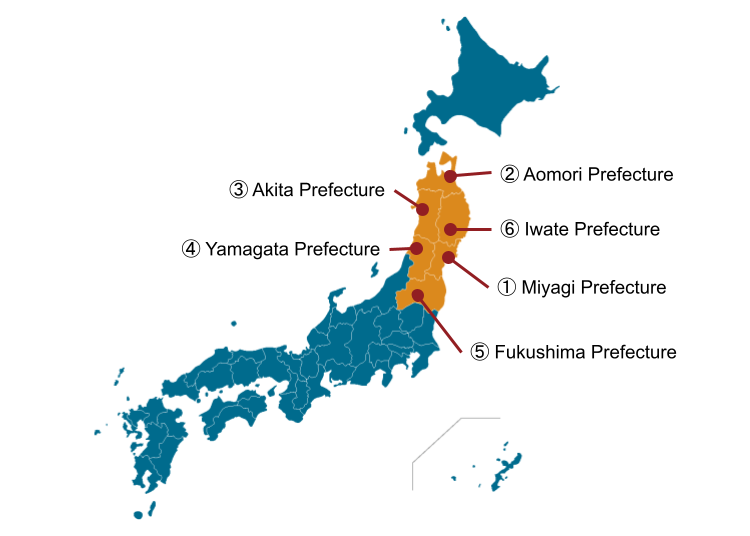
The Tohoku region in the northeast of Japan's main island of Honshu is a hidden gem with amazing and intriguing sights to see.
For example, you've probably heard of the largest city in Tohoku, Sendai City, located in Miyagi Prefecture. Aomori Prefecture's Oirase Gorge is so pretty that one would be forgiven for thinking they've wandered into a fairytale when stepping in!
Dakigaeri Valley down in Akita Prefecture is a must-see site for autumn leaves, and the impressive frozen "snow monster" trees of Yamagata's Zao Juhyo continue to attract curious visitors from all over the world. These are but a few of the more well-known sights in the region.
Tohoku is also full of cultural charm. Local festivals like the Aomori Nebuta Matsuri and Sendai Tanabata each have unique themes and traditions to discover.
Does the plethora of potential things to see and do in the region intimidate you from planning a trip there? That's what we're here for!
We've compiled a starter list of recommended sights, activities, accommodations, and local foods in the six prefectures of Miyagi, Aomori, Yamagata, Akita, and Fukushima for your handy reference.
As a bonus, we also share notes about Tohoku's climate and other useful transport tips. We're confident this list will allow you and your travel group to spend more time having fun than planning for it!
Essential Information About Tohoku Before Your Trip
Weather and Climate
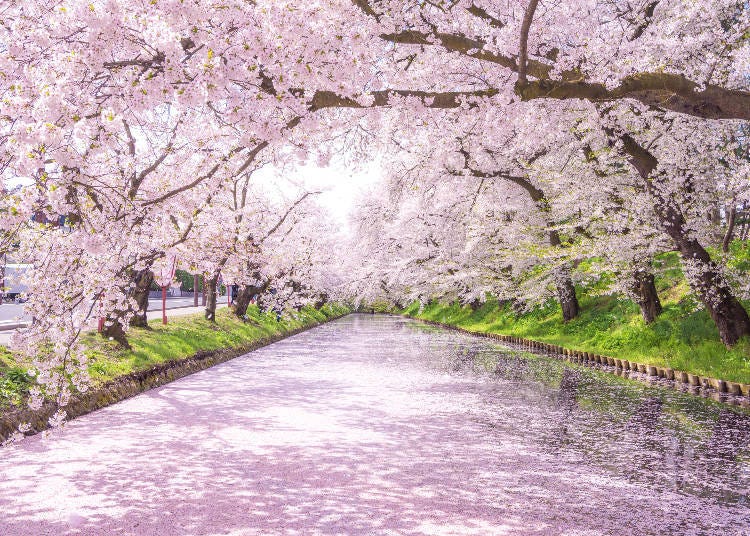
Tohoku, located farther north than the Kansai and Kanto regions, experiences cooler temperatures year-round with a generally dry climate.
Spring (March to May) is noticeably colder, averaging around 10°C (50°F). In northern areas like Aomori, near Hokkaido, cold weather can linger until late March, sometimes accompanied by snow.
Cherry blossoms bloom later here, from mid-April to late May.
If visiting during this time, pack a jacket or coat, but no need for winter boots—comfortable sneakers will suffice. Your coat doesn’t need to be heavy either, as temperatures rise by mid-April. The key is to stay warm enough to enjoy your trip without derailing your itinerary!
Summer in Tohoku begins in June, bringing much warmer weather. However, as it coincides with the monsoon season, temperatures average around 20°C (68°F).
Even at the height of summer in July and August, the average temperature is a comfortable 25°C (77°F), much cooler than Tokyo's summer heat. This makes Tohoku a popular escape for local tourists seeking relief, with destinations like Oirase Gorge and Lake Tazawa drawing crowds.
That said, temperatures can occasionally hit 30°C (86°F), and indoor spaces often feature strong air conditioning. Pack short-sleeved outdoor gear along with a light jacket for indoor comfort. A raincoat is also a good idea, as summer showers are common.
Autumn arrives in Tohoku from September to November, bringing cooler temperatures that average around 15°C (59°F). During this season, the vibrant transformation of green leaves to shades of yellow and red makes Oirase Gorge and Dakigaeri Valley popular destinations for stunning autumn foliage.
Winter in Tohoku (December to February) brings snow and chilly temperatures ranging from 0–5°C (32–41°F). Snow accumulates easily in the mountainous areas, providing excellent conditions for the region’s renowned ski resorts.
This season is a peak time for tourism, as visitors flock to marvel at Tohoku's stunning winter scenery, including the picturesque views of Ginzan Onsen and Ouchi-juku. Sightseeing trains also offer unique opportunities to explore the snow-covered landscapes.
When packing, prioritize staying warm and comfortable. Opt for layers, as indoor spaces are typically well-heated, making it easy to adjust as needed.
How to Get to Tohoku
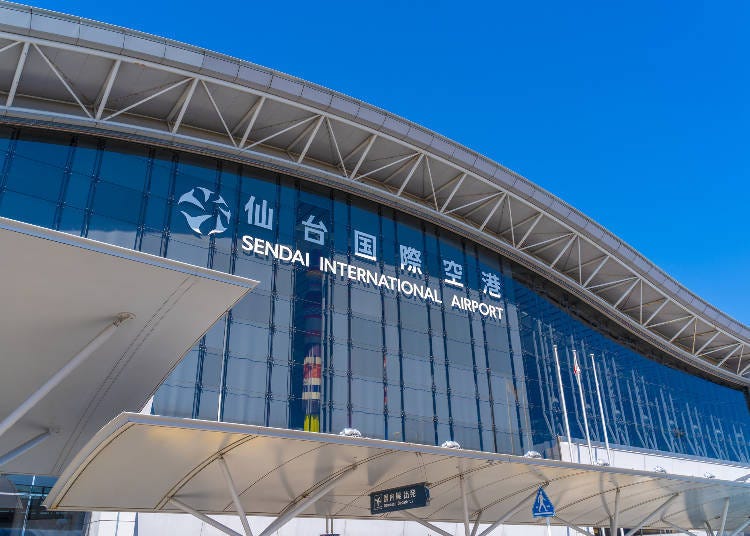
Flights to Tohoku
Each of Tohoku's six prefectures is served by a major airport: Sendai Airport, Aomori Airport, Akita Airport, Yamagata Airport, Fukushima Airport, and Hanamaki Airport in Iwate Prefecture.
These airports offer direct or connecting flights from Tokyo and several international destinations. While flight availability may have been reduced during the pandemic, schedules are expected to expand, so keep this in mind when planning your trip.
Among Tohoku’s airports, only Sendai Airport connects directly to a train station. The others rely on highway bus services to transport visitors to various destinations.
For instance:
・Buses from Aomori Airport travel to Aomori City and Hirosaki City.
・Akita Airport offers buses to Akita Station.
・Yamagata Airport has direct bus service to Ginzan Onsen.
From Tokyo: Shinkansen
Traveling from Tokyo to Tohoku is simple with options like the Tohoku Shinkansen or highway buses.
The Shinkansen is the fastest choice, taking 1–3 hours depending on your destination. For instance, reaching Yamagata takes about 3 hours and 40 minutes. One-way tickets start at around 10,000 yen. The JR-East Pass is a rail pass that makes for extremely economical travel from Tokyo to areas around Tohoku.
From Tokyo: Highway Bus
Highway buses, on the other hand, are a more budget-friendly option. While a Shinkansen ticket to Aomori's Hachinohe Station costs roughly 16,990 yen one-way, highway bus tickets start from just 7,800 yen. However, buses take longer—about 5–10 hours depending on the route.
Many highway buses operate overnight, so you can sleep through the journey and wake up ready for sightseeing the next morning—a great option for the budget-conscious traveler!
Pro-tip: Check the official websites of train and bus operators for up-to-date ticket prices to avoid surprises
Getting Around Tohoku
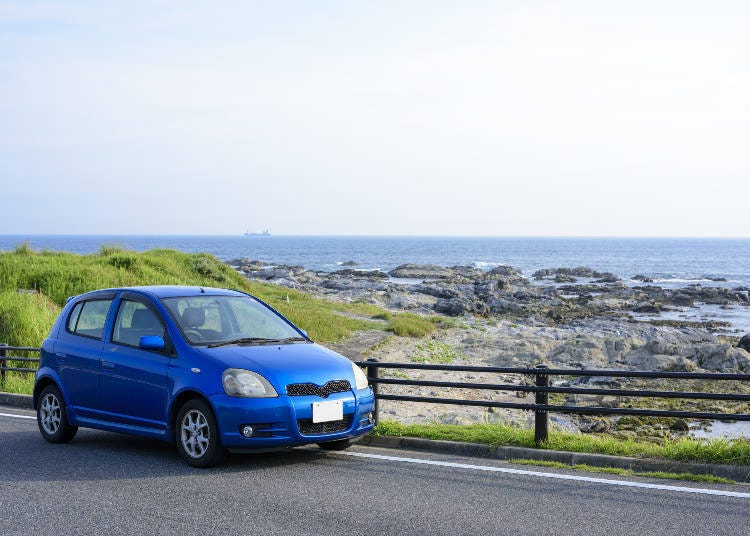
Exploring Tohoku by Rail
Traveling by rail is one of the best ways to explore Tohoku on a self-guided tour. Given the region's size and the distance between attractions, trains offer both convenience and cost-efficiency—especially with a transit pass.
The JR East Pass provides unlimited rides on eligible railway lines for five days, making it a great choice for travelers. Alternatively, the Japan Rail Pass (JR Pass), which also covers unlimited rides on JR lines, is another excellent option for exploring the area.
With a rail pass, it’s easier to pack more sights into your itinerary without worrying about transportation costs!
Rent a Car
If you have an international driver's license, renting a car is another convenient way to explore Tohoku.
With a car, you’re free from train schedules and can easily reach destinations off the beaten path. Rental services are readily available at Tohoku's airports, making it a hassle-free option.
This is especially ideal for families or those looking to explore remote areas. However, keep in mind that traffic laws in Japan are strictly enforced—listen carefully during the rental briefing to ensure you’re prepared.
Winter driving can be challenging, especially for those unfamiliar with snowy conditions. Be sure your vehicle is equipped with snow tires or chains and take extra precautions before hitting the road.
Special Discount(Nippon Rent-A-Car)
Get 10% off when you book via the special site. (Coupon code:iUzM2RfVlJ)
Must-See Tourism Attractions in Tohoku
1. Miyagi Prefecture
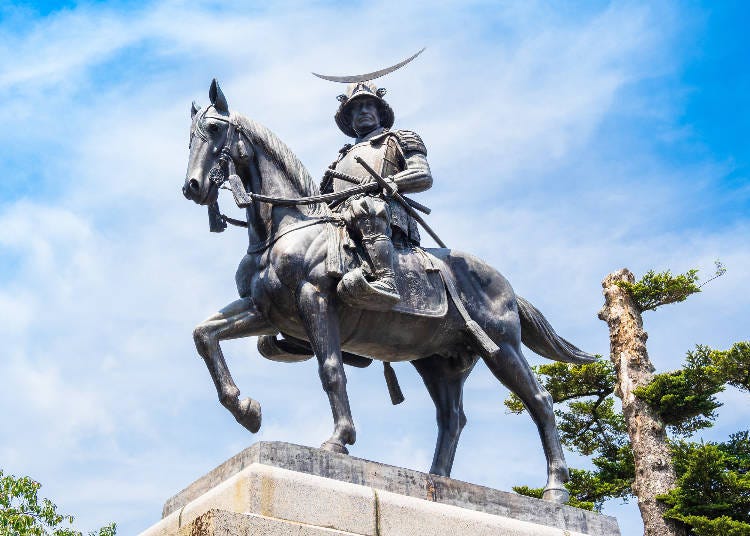
Sendai and Zao are among Miyagi Prefecture's top tourist destinations.
Sendai, the largest city in the Tohoku region, is just 1.5 hours from Tokyo by Shinkansen. It boasts scenic natural attractions like Naruko Gorge and Okama, along with historical sites such as Sendai Castle and Zuihoden Temple, both linked to feudal warlord Masamune Date, who founded the city during the Sengoku period (1467–1615 C.E.).
With direct international flights to major cities, Sendai Airport makes an excellent starting point for a Tohoku adventure.
Miyagi offers charm year-round, with each season showcasing something unique:
・Spring: Admire the stunning sakura at Hitome Senbonzakura along the Shiraishi River Embankment.
・Summer: Experience the vibrant Sendai Tanabata Festival.
・Autumn: Enjoy the brilliant fall colors from the observatory deck at Naruko Gorge.
・Winter: Marvel at the legendary "snow monsters" (Juhyo) on Mount Zao.
No matter the season, Miyagi is a fantastic destination for unforgettable sightseeing.
Must-See Scenic Spots in Miyaki Prefecture
Recommended Onsen Areas in Miyagi Prefecture
Recommended Seasonal Activities and Festivals in Miyagi Prefecture
Recommended Experiences & Activities in Miyagi Prefecture
Recommended Accommodations in Miyagi Prefecture
Recommended Souvenirs and Foods in Miyagi Prefecture
2. Aomori Prefecture
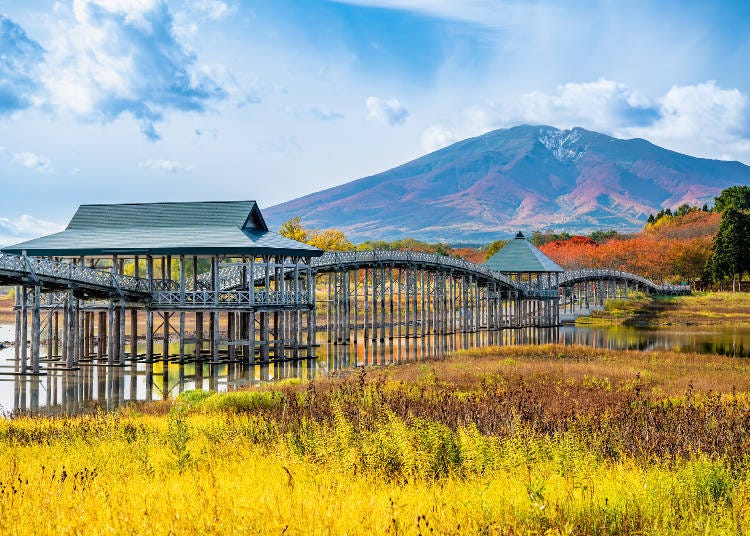
Aomori, with its vast landscapes, offers stunning natural attractions like the virgin forests of Shirakami-Sanchi, the tranquil streams of Oirase Gorge, and the volcanic Hakkoda Mountains—making it an ideal destination year-round.
Spring transforms Hirosaki Castle into a sakura wonderland. Enjoy the blossoms while sipping a coffee at the Starbucks in Hirosaki Park, often hailed as the most beautiful Starbucks in Japan.
In summer, the Aomori Nebuta Festival in August is a must-see event. Known as one of Tohoku's top three festivals, its vibrant, illuminated floats attract visitors from across Japan and the world.
Local cuisine is another highlight. Aomori is renowned for its refreshing and sweet apples, which you can pick yourself at select farms. A wide array of apple-based snacks and desserts awaits food lovers.
Don’t miss other local specialties like Oma bluefin tuna, yakisoba served with soup, and the unique miso curry milk ramen. Aomori’s culinary delights are reason enough to visit—be sure to indulge before heading home!
Must-See Scenic Spots in Aomori Prefecture
Recommended Onsen Areas in Aomori Prefecture
Recommended Seasonal Activities and Festivals in Aomori Prefecture
Recommended Experiences & Activities in Aomori Prefecture
Recommended Accommodations in Aomori Prefecture
Recommended Souvenirs and Local Foods in Aomori Prefecture
3. Akita Prefecture
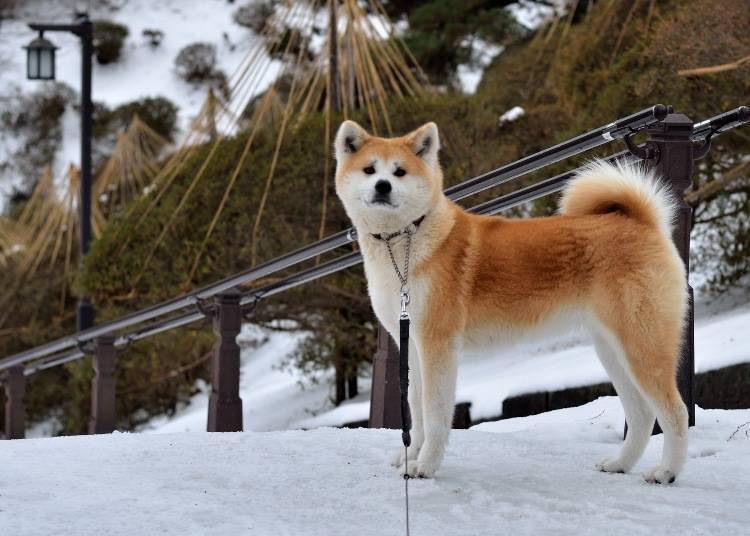
Next to Aomori, Akita Prefecture offers a peaceful, idyllic escape with its countryside villages surrounded by lush greenery.
The region is rich in cultural history, showcased in unique festivals like the Namahage Festival and the Kanto Festival, both celebrated to ensure a good harvest. These events provide visitors with an incredible opportunity to delve into Japan’s native traditions.
Akita is also renowned for its exceptional rice, best enjoyed in local dishes like kiritanpo (pounded rice on skewers). It’s the birthplace of Hinai jidori, premium chicken meat, making its chicken dishes a culinary highlight.
The name "Akita" is also tied to its famous canine namesake, the Akita dog. Fans can visit the Akita Dog Visitor Center and Akita Dog Museum to interact with these loyal dogs and shop for adorable dog-themed accessories.
Like other Tohoku prefectures, Akita is breathtaking in every season:
・Spring: Stroll through the historic streets of Kakunodate to admire stunning sakura blooms and the majestic Samurai Residences.
・Summer: Ride the Nairiku Jukan Tetsudo, a train passing through lush forests.
・Autumn: Visit Dakigaeri Valley for spectacular fall foliage.
・Winter: Witness the icy splendor of the waterfall at Oyasukyo.
Must-See Scenic Spots in Akita Prefecture
Recommended Onsen Areas in Akita Prefecture
Recommended Seasonal Activities and Festivals in Akita Prefecture
Recommended Accommodations in Akita Prefecture
Recommended Souvenirs and Foods in Akita Prefecture
4. Yamagata Prefecture
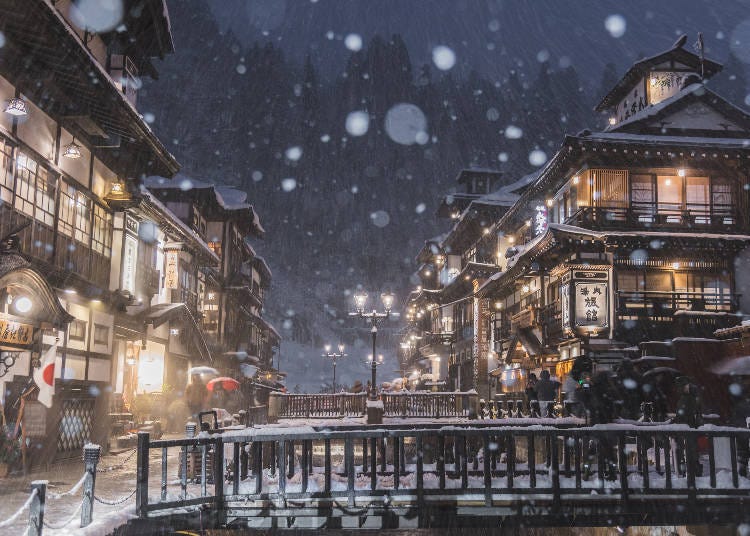
Yamagata Prefecture is a treasure trove of natural wonders and cultural landmarks, making it a favorite destination, especially during winter.
One of its most iconic sites is Ginzan Onsen, a hidden gem recognized by fans of Japanese animation as an inspiration for the renowned film Spirited Away. In winter, the snow-covered hot spring town exudes a nostalgic charm, transporting visitors to a bygone era. Every corner presents a scene of breathtaking beauty and tranquility.
On the border between Miyagi and Yamagata, the winter spectacle of the Zao Snow Monsters awaits. Here, snow and ice transform towering trees into eerie "snow monsters" that loom over the whitened landscape. Skiing is a popular pastime here, and a soak in one of the area's hot springs is the perfect way to unwind after a day on the slopes.
Another must-visit site is Risshakuji Temple, also known as Yamadera, perched on the slopes of Hojuzan. This spiritual haven seems to hover over the mountain cliff when viewed from certain angles, surrounded by pristine forests that amplify its serene allure.
While exploring Yamagata, be sure to indulge in local delicacies like Yonezawa beef, konjac, and imoni (a hearty taro and meat soup). These culinary delights are just waiting to warm your soul as you take in the region's timeless beauty.
Must-See Scenic Spots in Yamagata Prefecture
Recommended Onsen Areas in Yamagata Prefecture
Recommended Seasonal Activities and Festivals in Yamagata Prefecture
Recommended Experiences & Activities in Yamagata Prefecture
Recommended Accommodations in Yamagata Prefecture
Recommended Souvenirs and Foods in Yamagata Prefecture
5. Fukushima Prefecture
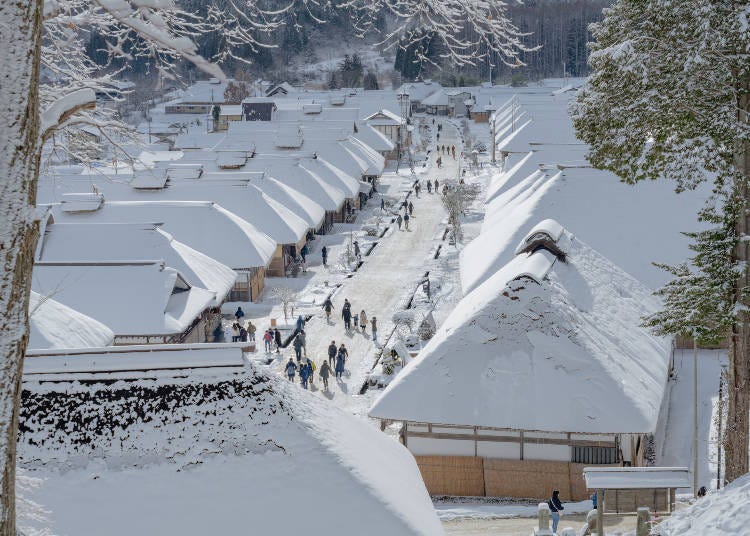
As the southernmost prefecture of Tohoku, Fukushima captivates visitors with its old-fashioned charm and stunning scenery.
One of its standout attractions is Ouchi-juku, often called the "Shirakawa-go of Fukushima." Strolling along its main street, lined with traditional thatched houses, feels like stepping back in time. In winter, the thick snow blanketing the rooftops and streets creates a magical, storybook-like atmosphere.
Another must-see is Urabandai, a picturesque complex of lakes and marshes. The scenery transforms with each season, offering a unique charm year-round. For a more ethereal experience, visit Mugenkyo Ravine, where mist enshrouds the river under special conditions. Gliding through the mist on a boat is a divine and unforgettable adventure.
For interactive fun, head to Aquamarine Fukushima, an aquarium with engaging exhibits designed for both local and international guests.
To truly appreciate Fukushima, consider a foodie tour. The region is home to over 100 authentic Kitakata ramen shops, and nearly every scenic spot boasts restaurants serving unique takes on local dishes like wappa meshi (rice and toppings in wooden containers) or soba noodles with leeks.
Even if your sightseeing runs late, you’ll find a warm plate of enban gyoza (dumpling platter) or a cool mug of beer waiting at an izakaya.
Must-See Scenic Spots in Fukushima Prefecture
Recommended Experiences & Activities in Fukushima Prefecture
Recommended Accommodations in Fukushima Prefecture
Recommended Souvenirs and Foods in Fukushima Prefecture
6. Iwate Prefecture
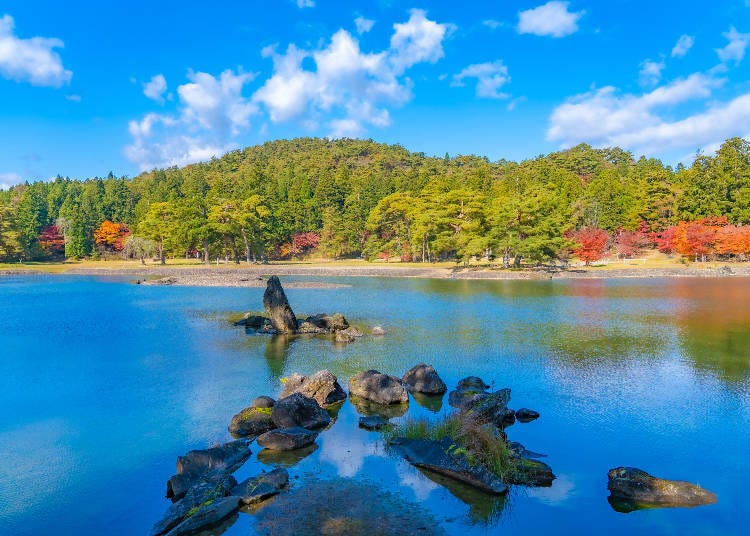
Iwate Prefecture offers elegant views and lesser-known pristine landscapes, featuring remarkable sights like the UNESCO World Heritage Site Hiraizumi and the serene Jodogahama Beach, where vividly colored lakes seem untouched by time.
Don’t miss the otherworldly beauty of Geibikei Gorge and Ryusendo Cave. Enhance your visit with a guided tour to learn the fascinating stories behind these natural wonders.
Literature enthusiasts should head to Hanamaki Town, the birthplace of renowned novelist Kenji Miyazawa, author of Night on the Galactic Railroad. The town is filled with shops and landmarks dedicated to his life and works—a must-see for fans of Japanese literature.
For sakura lovers, Kitakami Tenshochi is a dream destination. This two-kilometer (1.24-mile) stretch of riverside road is lined with sakura trees, earning its reputation as one of the region’s top cherry blossom viewing spots. Adding to the charm are 300 koinobori (carp streamers) fluttering in the breeze, creating a quintessentially Japanese springtime experience.
Must-See Scenic Spots in Iwate Prefecture
Recommended Seasonal Activities and Festivals in Iwate Prefecture
Recommended Experiences & Activities in Iwate Prefecture
Recommended Accommodations in Iwate Prefecture
Recommended Foods & Souvenirs in Iwate Prefecture
Translated by: Huimin Pan
Related Articles
*Prices and options mentioned are subject to change.
*Unless stated otherwise, all prices include tax.
Popular Tours & Activitiess
Recommended places for you
-

Lake Tazawa
Rivers, Lakes & Canyons
Surrounding Areas Of Akita
-
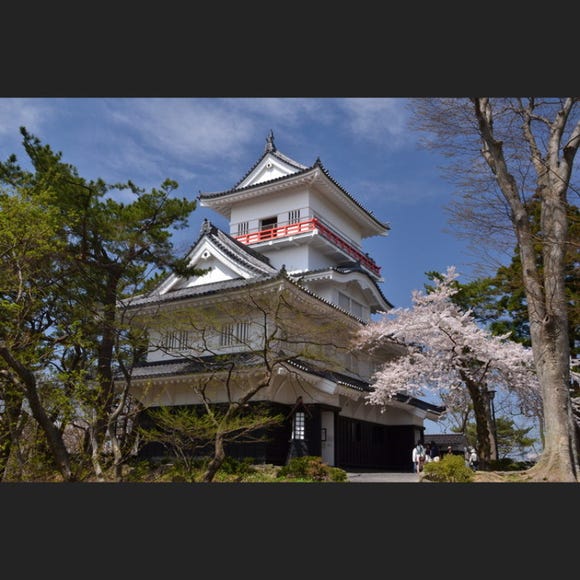
Senshu Park
Parks
Surrounding Areas Of Akita
-
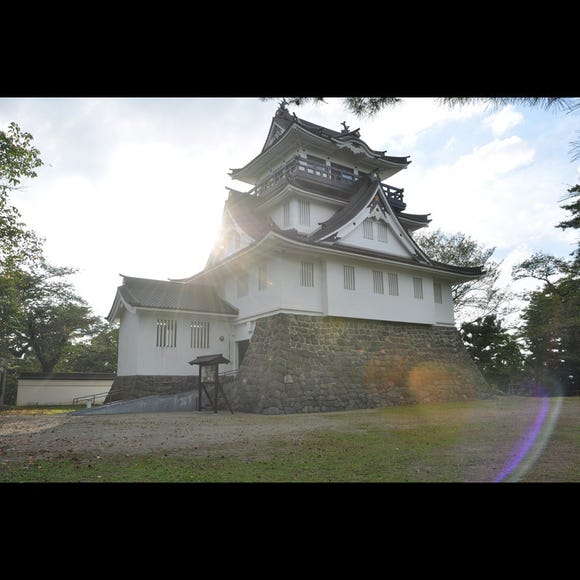
Yokote Park
Parks
Surrounding Areas Of Akita
-

Geibikei Gorge
Rivers, Lakes & Canyons
Morioka, Hiraizumi And Hachimantai
-
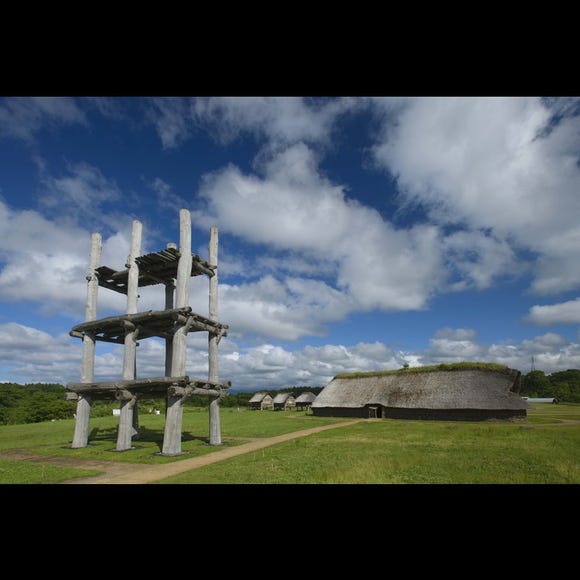
Sannai-Maruyama Site
Village Ruins
Aomori, Hirosaki And Hachinohe
-

Matsushima Bay
Landscapes
Sendai And Matsushima
-

Disney Meets Shinkansen: Two Themed Trains to Explore Japan's North and South in 2025
-

Shopping in Niigata: 9 Must-Buy Souvenirs & Local Sake to Take Home
by: ShiroKu inc.
-

Dining in Yamagata: Must-Try Foods & Top Restaurants Near the Station
by: ShiroKu inc.
-
Ad

Why Fukushima is the Next Big Food Destination in Japan The Foodie Paradise Only 90 Minutes from Tokyo
-

Aomori's Quiet Side in Autumn: 5 Scenic Spots in Hachinohe According to a Local
by: Marco Blasco
-

Smart Ways to Avoid Crowds and Enjoy a Safe, Comfortable Trip to Myoko, Niigata Prefecture.
-

Ginzan Onsen: 15 Things to Do & Where to Stay in One of Japan's Most Beautiful Hot Springs Towns
by: Guest Contributor
-

4 Gorgeous Ryokan in Sakunami Onsen You Need to Visit On a Sendai Day Trip (Access & Things to Do)
-

Enjoy Winter at Hoshino Resorts Aomoriya and Oirase Keiryu Hotel: Gorgeous Ice-falls and Lanterns Decorate Open-air Onsen Baths!
-

Onsen in Yamagata: 5 Dreamy Hot Spring Towns to Visit
by: Sarah Dean
-

JR Edition: Visit all of Tokyo in one Day with the Tokyo Metropolitan District Pass!
-

8 Unfamiliar (But Totally Normal) Customs in Japan!
















